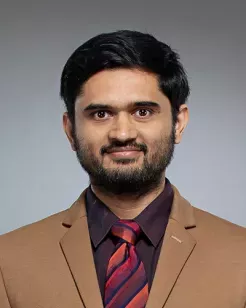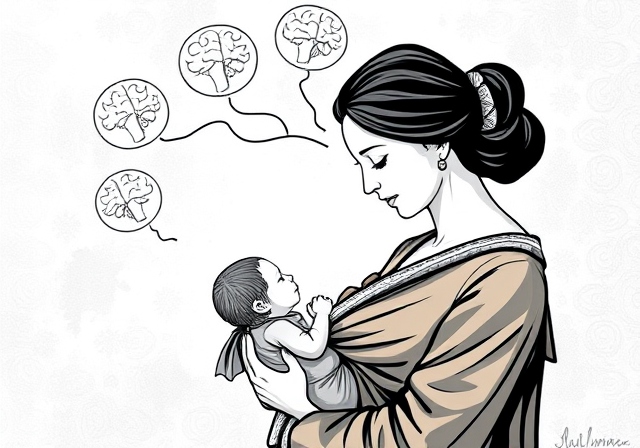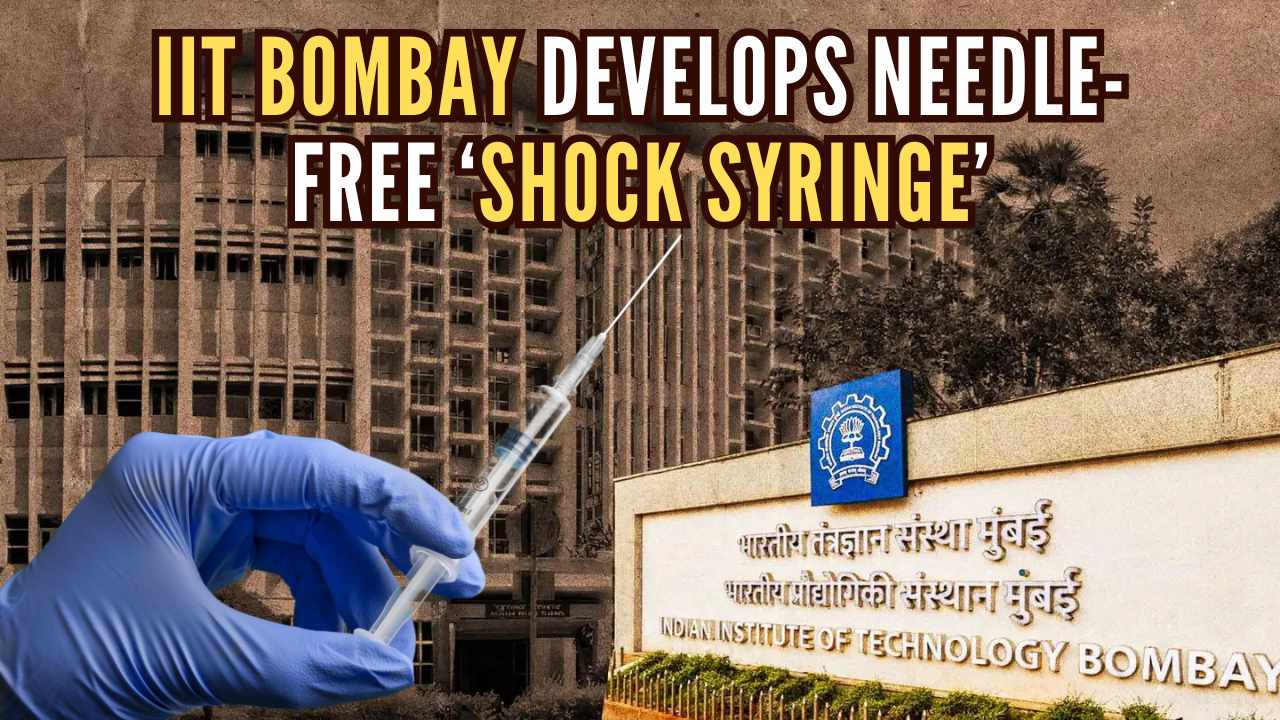Pune, India - Ganpat Bhandwalkar, a 34-year-old male patient who has been battling chronic hip joint pain for the past nine months with no relief from Ayurvedic treatments, recently underwent a groundbreaking complicated Bilateral Uncemented Ceramic dual mobility hip replacement using a new surgical approach. Dr. Aashish Arbat, Joint Replacement surgeon at ONP Hospital in Pune, performed THR surgery where damaged ball of the hip was removed and replaced it with prosthetic using the innovative 3-inch cut technique. This technique minimizes blood loss, prevent tissue damage, ensure equal leg length post-surgery, and patient can quickly return to normal activities.
Hip replacement surgery, also called total hip arthroplasty, is a procedure to replace damaged parts of the hip joint with artificial components. It's usually done for people with severe osteoarthritis, rheumatoid arthritis, or other conditions that cause a lot of hip joint damage. The goal is to reduce pain, improve movement, and make life better for patients. The surgery involves removing damaged bone and cartilage and putting in artificial parts made of strong materials like metal or ceramic. It's important to carefully assess patients before the surgery to make sure it's right for them and to get the best results.
According to Dr. Aashish Arbat, a Joint Replacement surgeon at ONP and Jahangir Hospital, in Pune Maharashtra, said “the rise in revision hip replacement surgeries after the COVID-19 pandemic has created an urgent demand for new approaches to ensure improved and sustained recovery. As the elderly population grows, there has been a natural increase in the number of hip replacement surgeries. Additionally, a significant number of younger patients aged between 35 and 45 are experiencing persistent hip pain due to AVN or genetic factors, as well as wear and tear, injuries, and lifestyle choices. Also, older implants have a limited lifespan, the likelihood of needing revision surgery increases over time. The traditional THR surgery method is leading to more frequent revision surgeries to address wear and tear. Patients nowadays are more active and anticipate a better quality of life following their initial hip replacement.”
Dr. Aashish Arbat, explained the new procedure said “In contrast to the traditional method, which involves a large incision through the muscles and hip joint from the back or side, the Anteriolateral approach also known as the Modified Watson Jones approach accesses the hip joint from the front. In traditional surgery, cutting through muscle layers causes extended healing time and significant postoperative pain. However, with Modified Watson Jones approach by Dr Arbat, no muscles are cut, resulting in minimal postoperative pain and faster recovery. The patient is operated on in a supine position with a small incision on the front of the hip instead of the back. By moving muscles aside along their natural tissue planes without cutting them, Modified Watson Jones approach minimizes pain, reduces blood loss, and lowers the risk of dislocation by leaving most structures around the hip joint intact. Additionally, this approach shortens hospital stays and allows for earlier discharge home, ultimately reducing hospital costs.”
After the surgery, rehabilitation and physical therapy are important for helping patients recover and get the most benefit in the long run. Complications can include infection, implant dislocation, or the need for more surgery because the artificial parts wear out. So, it's crucial to carefully consider each patient's situation and perform the surgery with great care to get good results.
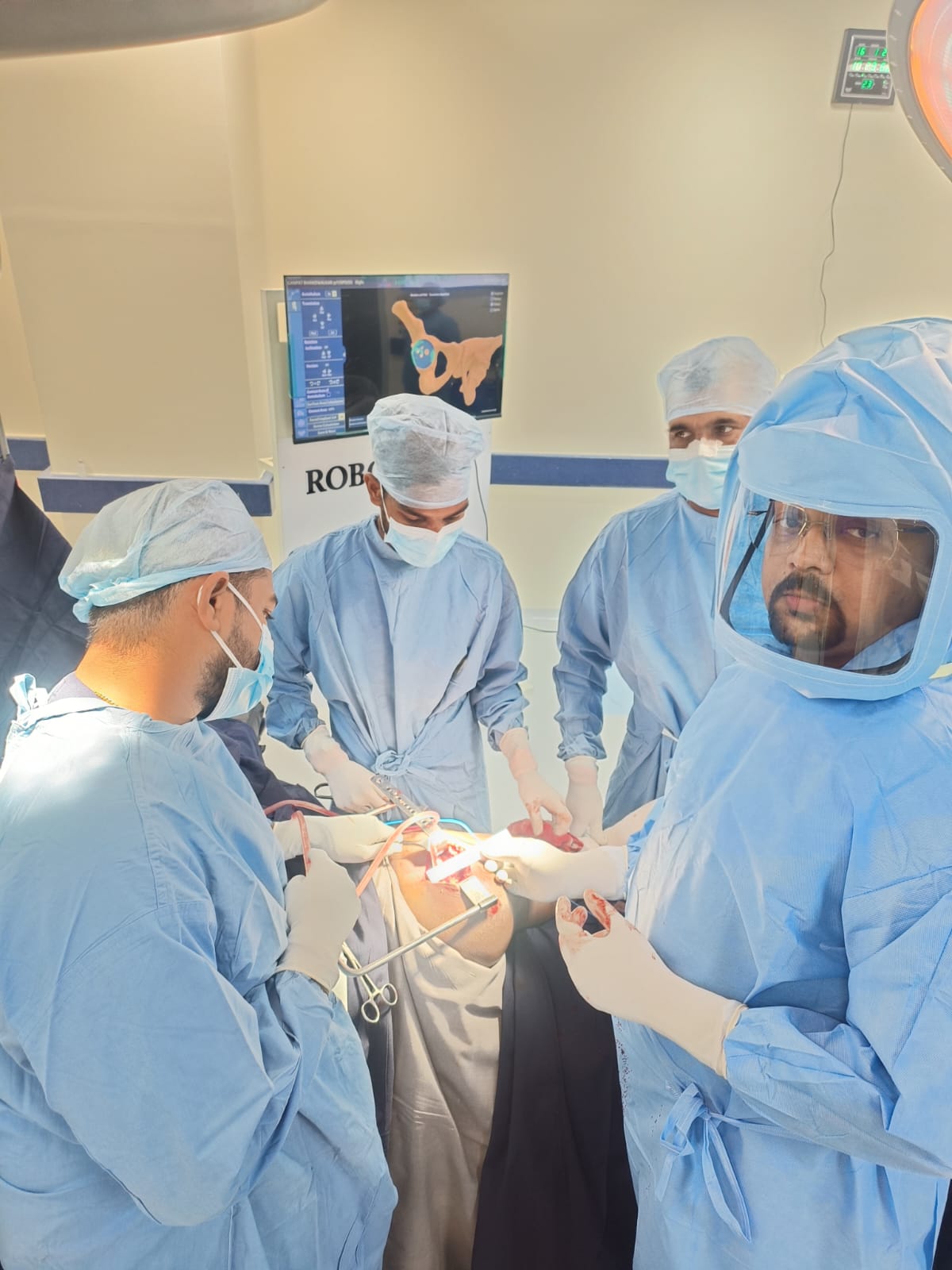
 Dr Aashish Arbat Performs Minimally Invasive Hip Replacement Using 3-Inch Incision Surgery Technique.
Dr Aashish Arbat Performs Minimally Invasive Hip Replacement Using 3-Inch Incision Surgery Technique.




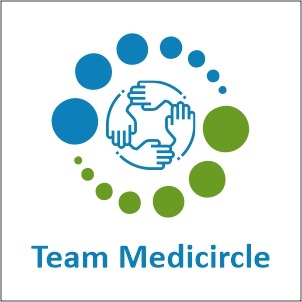





.jpeg)

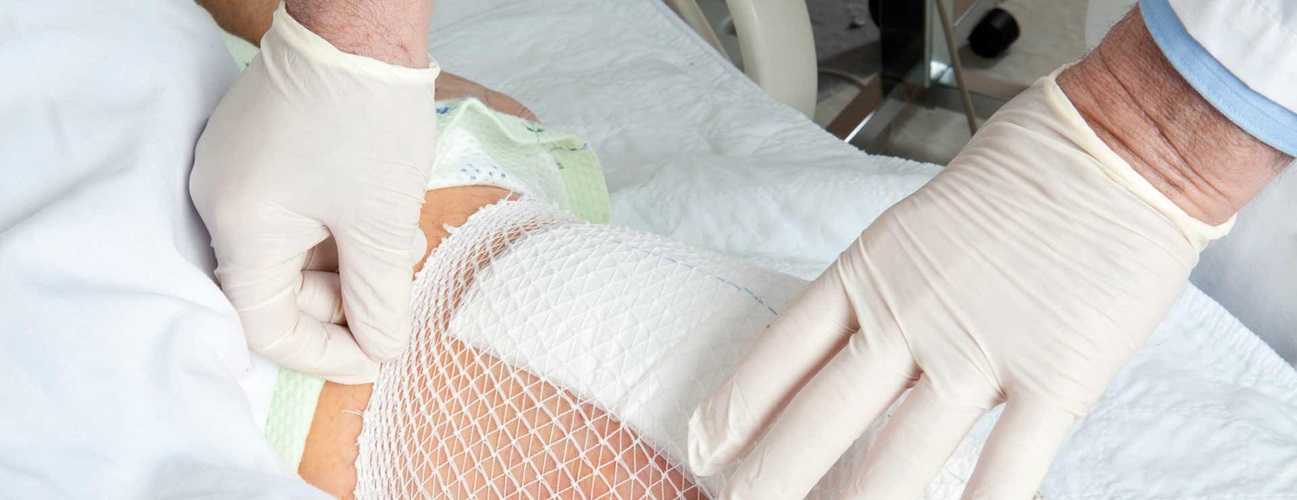




.jpg)
.jpg)


